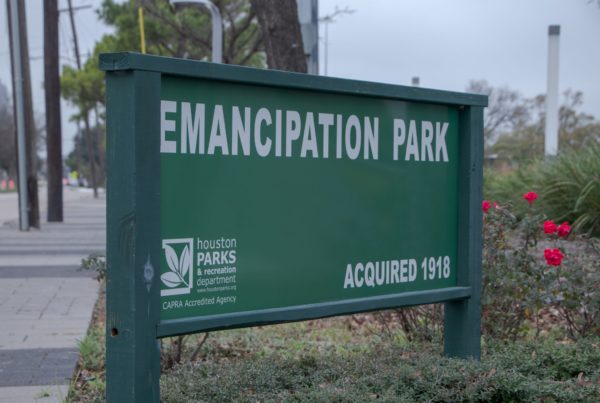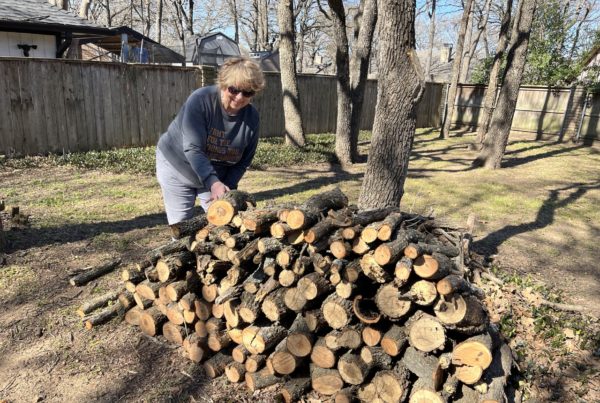Listen to the interview with KUT’s Mose Buchele in the audio player above.
It’s been a year since millions of Texans woke up to find their power cut during the freezing cold. What followed were days without heat, electricity or water. Hundreds did not survive. But, on the anniversary of what became the worst blackout in Texas history, some say many of those who died have yet to be officially recognized.
On Dec. 31, the state’s Department of Health and Human Services released its final report placing the number of dead at 246. The study aimed to include deaths caused directly by the storm (such as hypothermia), as well as “indirect deaths” — people who died later of injuries related to the blackout and freezing temperatures.
The state said it identified the number of deaths through a review of “mortality surveillance forms, death certificates, and verification of informally reported deaths.”
Long before the state released its report, though, others had put the death toll much higher. A study by Buzzfeed News looking at “excess mortality” during the crisis, found that 702 more Texans died during the blackout and freeze than statistically would have been expected to die in that timeframe.
Now, a new estimate by a statistician who advised Buzzfeed on its initial study puts the number even higher: 814.
The number is “very, very preliminary,” Ariel Karlinsky told a group of Democratic lawmakers Tuesday at a “summit” they held at the state Capitol to commemorate the storm’s anniversary.
“I think that the total death toll is much higher than officially published,” he said.
Karlinsky arrived at the new number by separating the number of excess deaths in Texas at the time of the storm with the number of deaths attributed to COVID-19.
During the weeks preceding the storm, he said those numbers were “in tandem,” meaning that all excess deaths in the state were likely caused by COVID-19. Then, he said, “during the course of the winter storm and power outage, excess deaths in Texas … suddenly peaked upward and diverted from the trajectory of COVID-19 deaths, which had been going down.”
Karlinsky, a PhD student at Hebrew University of Jerusalem, also serves on the World Health Organization’s Technical Advisory Group on COVID-19 Mortality Assessment. He noted that he is conducting his research on Texas’ blackout-related deaths independently.
Others at Tuesday’s event at the Capitol shared stories of those who died during the crisis.
Selena Xie, president of the Austin-Travis County EMS Association, told lawmakers about an emergency call in which someone died while trying to recharge their CPAP machine — which helps with breathing — in their car.
“I was frustrated because of the undercount of deaths,” she said. “I think that would have counted as a respiratory arrest and I don’t think that would have specifically counted” as a blackout- or storm-related death.
Karlinsky said the State of Texas should commission an independent review of deaths during the freeze, in the same way Puerto Rico did after its catastrophic hurricane-related power failure in 2017.
“The government of Puerto Rico has officially accepted [the independent] estimate, so the current official estimate of deaths in Hurricane Maria has been revised upward from 65 to almost 3,000. This is the precedent that I think we are talking about today.”














